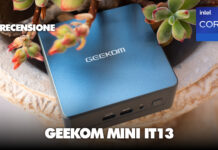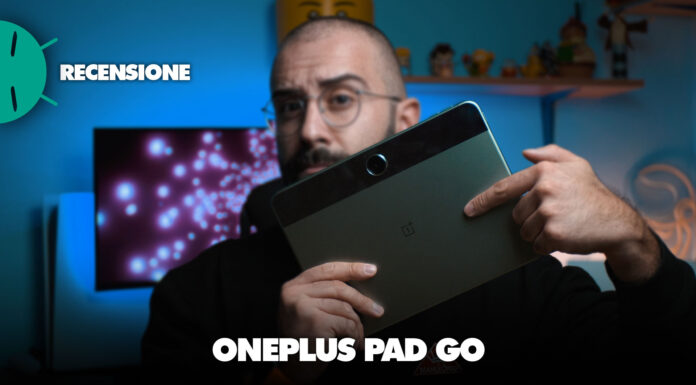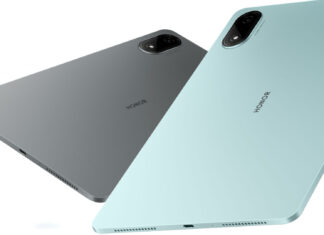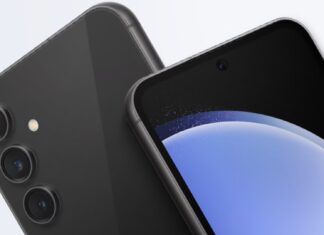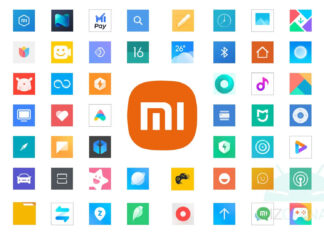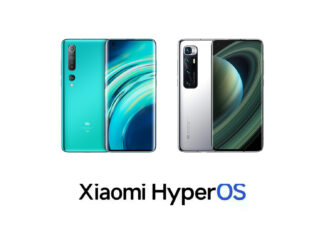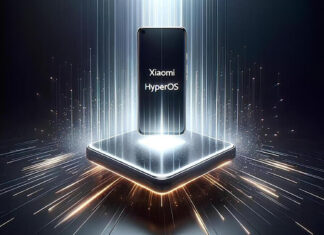Di tendenza
ULTIMI ARTICOLI
Honor Pad 9 Pro ufficiale con display a 144 Hz, più batteria ed altre...
Nelle scorse ore la compagnia asiatica ha lanciato il nuovo mid-range Honor 200 Lite in Europa (ed è in arrivo anche in Italia) ma ci sono novità anche per quanto riguarda il mercato cinese....
Samsung Unpacked 2024: svelati data e luogo, quali novità ci saranno
Aggiornamento 26/04: nuovi dettagli su data e luogo dell'evento Samsung Unpacked di metà 2024, trovate tutto nell'articolo.
Il 2024 è cominciato con il solito evento Unpacked di inizio anno, con protagonisti i nuovi top di...
Il Senato USA approva il ban di TikTok: ByteDance sul piede di guerra
Aggiornamento 26/04: alcuni organi di stampa statunitensi riportano che ByteDance non sarebbe in alcun modo intenzionata a vendere TikTok nel caso in cui le azioni legali dovessero fallire. Trovate tutte le informazioni direttamente nell'articolo.
Prosegue...
Samsung Galaxy S24 FE “confermato”: ecco quando potrebbe arrivare
Aggiornamento 26/04: nuove conferme sull'esistenza di S24 FE, li trovate i dettagli nell'articolo.
Dopo aver saltato una generazione, lo scorso anno abbiamo assistito al ritorno della serie Fan Edition con Galaxy S23 FE. I leak...
Super Weekend MediaWorld: NO IVA Lenovo, promo sui migliori TV e non solo!
Torna l'iniziativa NO IVA di MediaWorld ma questa volta con un focus molto preciso: la promozione Super Weekend vede protagonisti i prodotti Lenovo, con tantissime soluzioni tech a prezzo ribassato. Ma le occasioni non...
WhatsApp introduce le passkey: disponibili su Android e iOS
Aggiornamento 26/04: con un nuovo aggiornamento, WhatsApp introduce finalmente le Passkey su iOS per tutti gli utenti che vogliono smettere di utilizzare le classiche password. Trovate tutte le informazioni all'interno dell'articolo.
Le passkey stanno rapidamente...
Xiaomi: scarica l’ultima versione di tutte le app MIUI | Download
Come ogni interfaccia proprietaria che si rispetti, anche la MIUI di Xiaomi trae forza dalle app di sistema che arricchiscono gli smartphone. In confronto all'esperienza stock di Android, Xiaomi è uno dei produttori che...
La serie Xiaomi 10 si aggiorna ad HyperOS 1 | Download
Aggiornamento 26/04: un nuovo modello si aggiunge alla lista di quelli aggiornati, trovate i dettagli nell'articolo.
Xiaomi l'aveva detto: HyperOS 1 sarebbe arrivato anche su modelli più datati, e infatti ecco partire il rilascio sulla...
HyperOS 1: link per Xiaomi, Redmi e POCO | Download
Dopo tredici anni di attività, Xiaomi decide di porre fine all'era della MIUI in favore di HyperOS, il suo nuovo sistema operativo Android per smartphone, tablet e gadget vari. Tutto parte quindi con l'attuale...
Non c’è tregua tra Apple e Spotify: aggiornamenti bloccati e accuse reciproche
Il mondo tech sta assistendo ormai da diversi mesi ad una battaglia fatta di nuove politiche, pagamenti di terze parti, aggiornamenti bloccati e accuse reciproche. I due protagonisti della vicenda sono ovviamente Apple e...





